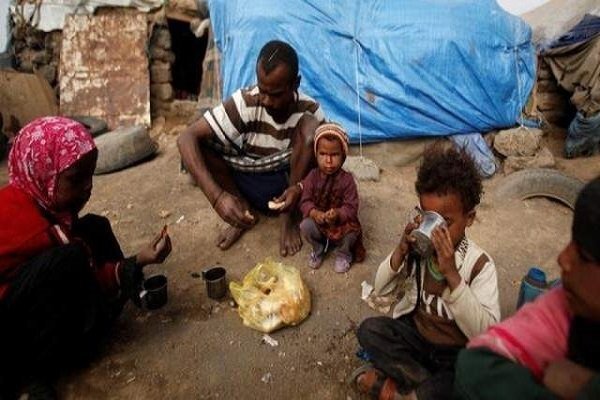A 10-Year Outlook in the Global Economy
TEHRAN (Iran News) Forecasts indicate a drop in U.S. growth to the range of 1.7% to 2.2%, and in the Eurozone to around 1.5%. Moreover, corporate debt has reached $22.1 trillion, with nearly half of that debt at risk of a credit downgrade. In the United States, consumer debt has risen to $16 trillion, and credit card debt has reached $1 trillion. The debt-to-income ratio has climbed to 145%, indicating growing financial pressure on households.
Although global inflation is projected to decrease from 4% in 2024 to 3.6% in 2025, it remains above the historical averages for the global economy. Food inflation, especially in developing countries, has reached double-digit levels, exacerbating inequality. In the U.S., core inflation remains at 2.8%, and new tariffs may further intensify inflationary pressures.
Stock markets in Europe and the U.S. have experienced sharp declines, while investors have shifted towards safe-haven assets such as gold and the dollar. The cryptocurrency market is also under selling pressure, with many investors liquidating their assets. The trade war between the United States and China, along with heavy tariffs on imports, has disrupted global supply chains and increased production costs. Tensions in the Middle East and the war in Ukraine have also negatively impacted energy markets and economic stability.
Central banks are caught between controlling inflation and preventing economic recession. Some, like the Federal Reserve in the U.S., may consider lowering interest rates, but inflation driven by tariffs is slowing this process. Countries such as Canada and Mexico are at risk of recession due to their dependence on trade with the U.S. China is also facing a slowdown, with growth dropping to around 4%. In Europe, the automotive and banking industries are under growing pressure due to tariffs and the debt crisis.
Under these conditions, the above evidence suggests that the global economy is on the verge of a multidimensional crisis. The combination of heavy debts, high inflation, trade tensions, and financial volatility has created a situation reminiscent of the 2008 crisis. However, monetary and fiscal policies by governments may partially alleviate the severity of the crisis in the consumer sector. If this trend continues, the current crisis could become deeper than previous ones and result in an economic deterioration not seen in the past 80 years.
Iran has only one viable path to escape this crisis: promoting a culture of austerity, reducing household consumption, and cutting government expenses.
Spreading awareness and understanding of the situation will lay the groundwork for national comprehension and cooperation.
- author : By: Hamid Reza Naghashian




























